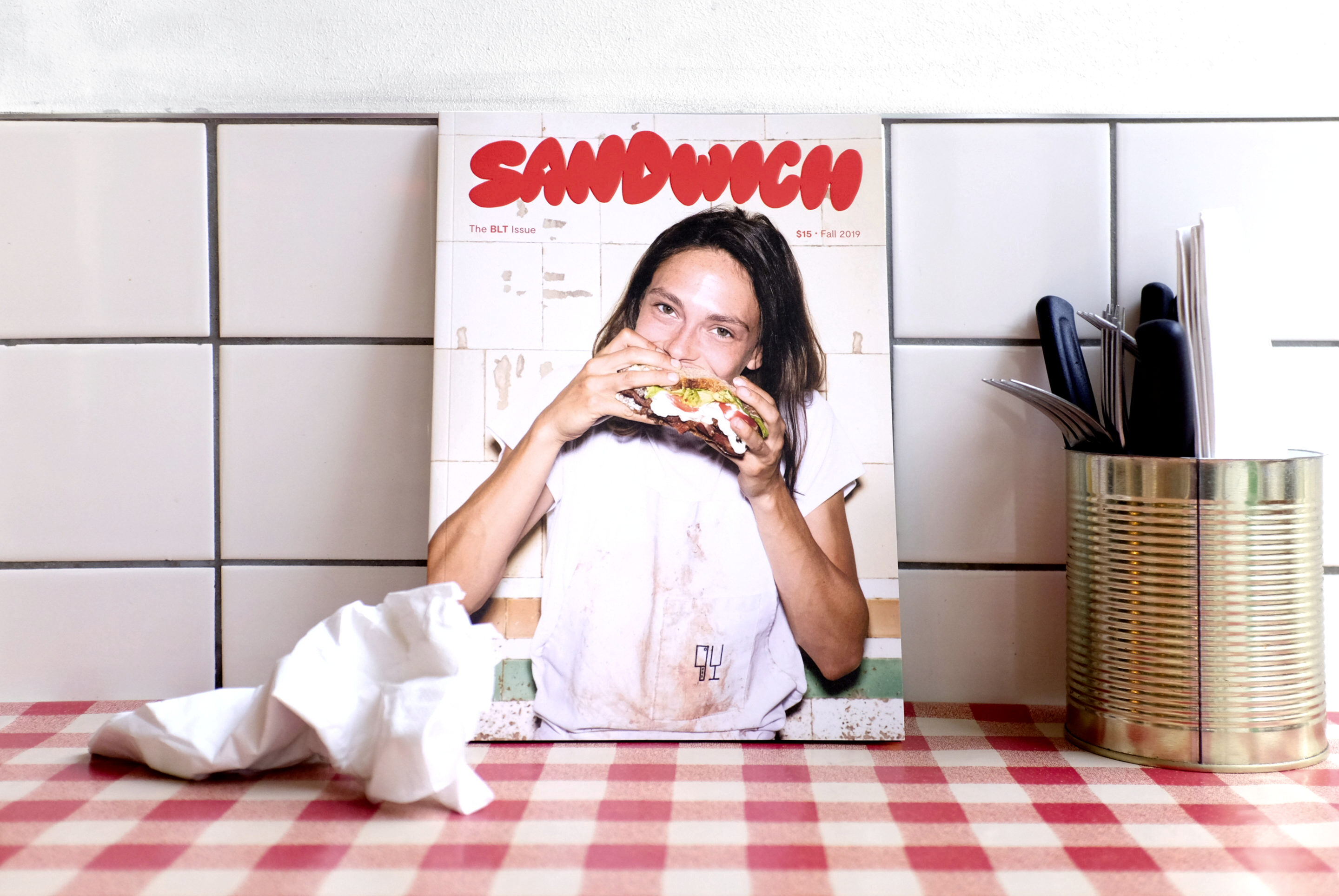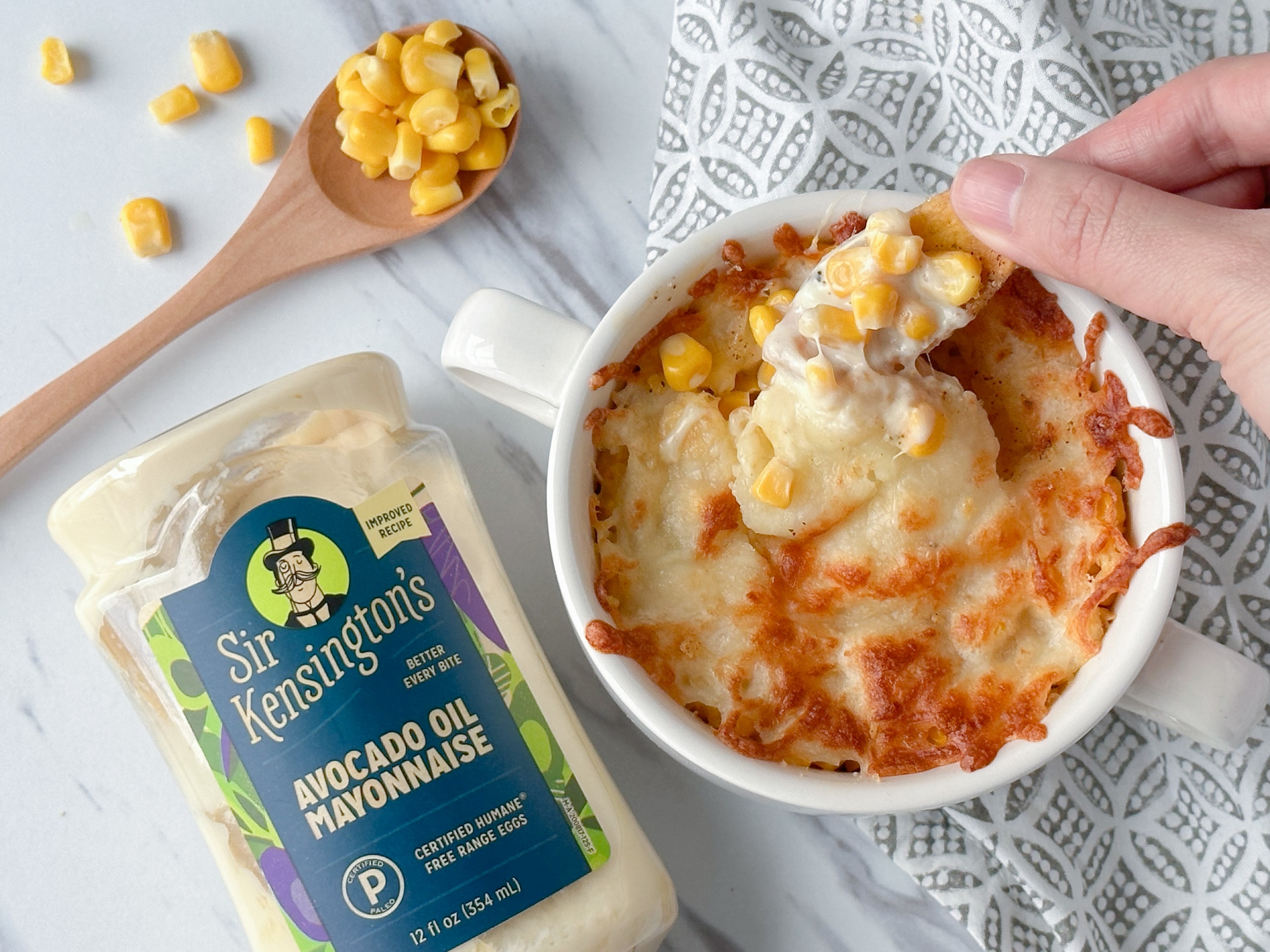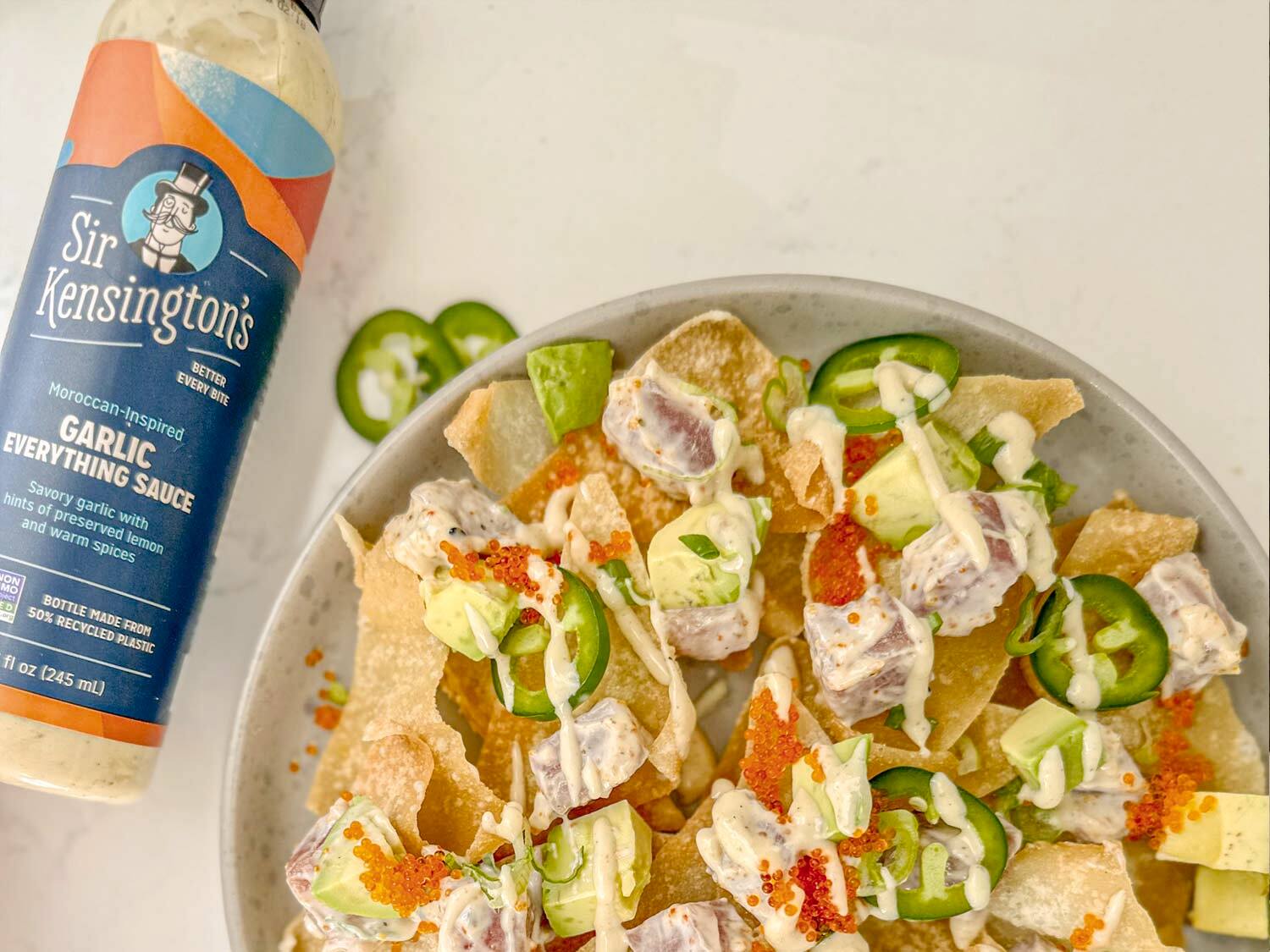Sandwich magazine
Why the blt is the greatest sandwich in the world
By jenn harris, la times food writer
I have a long and somewhat perverse history with the BLT sandwich; one that started as a Jewish kid in line at the lunch truck at my all-girls Catholic school in Pasadena.
The first time I tried one, it was off that truck. In lieu of an actual cafeteria on campus, every day around lunchtime, the truck would pull up to the grassy area just inside the front gate, smelling of refried beans, Windex and burnt toast. Please keep in mind that this was before Kogi BBQ mastermind Roy Choi simultaneously elevated and validated the food truck. And that this was unfortunately not one of the excellent taco trucks you can find parked all over Southern California. It was a couple of weeks into my freshman year and I was tiring of the chicken and rice quesadillas I had become accustomed to ordering. In frustration, I scanned the rest of the menu. Maybe a sandwich today. How bad could they screw up a turkey sandwich?
The BLT was one of two sandwiches listed on the menu: BLT (bacon, lettuce, tomato) and grilled cheese. It was buried underneath the more sizeable sections of tacos, quesadillas and burritos. I figured they just forgot to list the “turkey” in the sandwich.
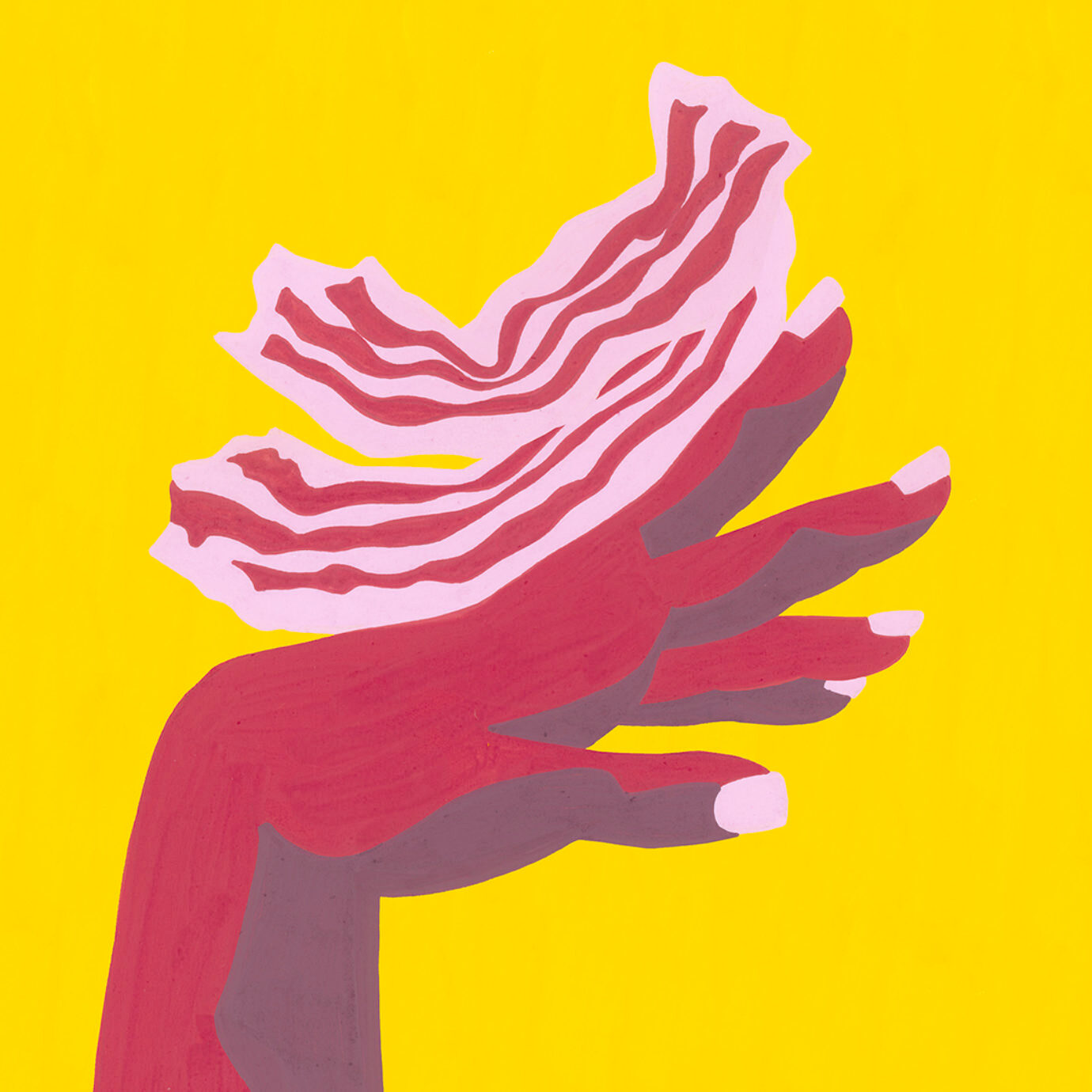
illustration by: Annu Kilpeläinen
“Mayonnaise,” the lunch lady barked. Of course I wanted mayonnaise. “Wheat or white?” White. “Toasted or not toasted?” Not toasted. I find people who toast their deli sandwich bread tend to be the same people who don’t put the caps back on pens, who turn off the porch lights on Halloween and who never let other drivers into their lane in traffic. Wasn’t she also going to ask me what kind of meat I wanted on the sandwich? No. I’m a Reform Jew, so bacon wasn’t new for me, but having it be the star ingredient in a sandwich was absurd. Was the main protein missing on purpose? Was this a bootleg version of a club sandwich (typically some form of poultry with bacon, lettuce, tomato and an extra slice of bread in the middle)?
Did someone forget to bring the turkey to work that day and they just hoped no one would notice? Is this something the not-always-pleasant lunch truck lady invented? A few minutes later, I was handed a sandwich wrapped in white paper. I unwrapped it to find that I was not mistaken. It consisted of two pieces of mayo-smeared white bread layered with wilted lettuce, two paper-thin slices of tomato and a couple of strips of bacon. I baulked at the modesty of the sandwich. The bacon was moderately crisp. The lettuce made the bread a little soggy. And the mealy tomatoes all but fell apart. But that first bite was a revelation in this particular trifecta of flavors and textures that would forever change the way I thought about stuff between sliced bread.
It was like hearing Bohemian Rhapsody for the first time. The lettuce and tomato shot through the richness of the salty bacon and the textures ping-ponged around from soft to cool and crisp and back again. The pleasure of each bite thickened as I found pockets of bread that had been slathered with a little more mayo. What a simple, completely life-altering combination of flavors. I immediately started to dissect the sandwich in my head, determined to make it even better.
After that day at the lunch truck, I, like many good Americans, added the BLT to my usual lunch rotation. It would become my go-to make-before-you-go-to-bed-drunk, impress-a-date-with-your-cooking-skills, need-something-for-that-beach-picnic, my-boyfriend-broke-up-with-me-I’m-in-need-of-comfort sandwich. That combination of salt, fat and crunch was an irresistible compression of flavors. But where had this sandwich been all my life? Turns out, I spent 14 years missing out on one of the greatest symbols of true Americana.
The BLT is synonymous with the working man’s lunch and Edward Hopper’s Nighthawks. It’s a cultural object that represents a time when life seemed simpler, safer and better. While the sandwich is known as a distinctly American dish, some believe it’s actually a descendant of an English tea sandwich that originated during the Victorian era. BLT expert and author of “The BLT Cookbook,” Michele Jordan believes that the sandwich is a variation on the club sandwich. And that you can trace its roots to the US railways.
“Tracing it back doesn’t really lead to any solid information but the best thing I’ve come up with is we have to look to train service, where the club sandwich got really popular,” Jordan recently told me. “It seems to me that the BLT became a version of the club sandwich.”
In researching her 2003 book, Jordan says she came across what she believes is the first mention of a BLT sandwich in a 1903 Ladies Home Journal magazine article. But it could have been invented much earlier. People were baking bread in the US in the 1800s and the tomato started to gain in popularity in the early-to-mid 1800s as well. Pork was introduced to the New World in the 16th century. And mayonnaise was invented by the French in the 1700s and the first commercial mayonnaise was sold in the US in the early 1900s.
It’s fair to say an inventive individual might have put bacon, tomato, lettuce, mayonnaise and bread together before the 20th century, but Jordan argues it was most likely derived from the club sandwiches served as part of mid-to-late 19th century club car dining culture.
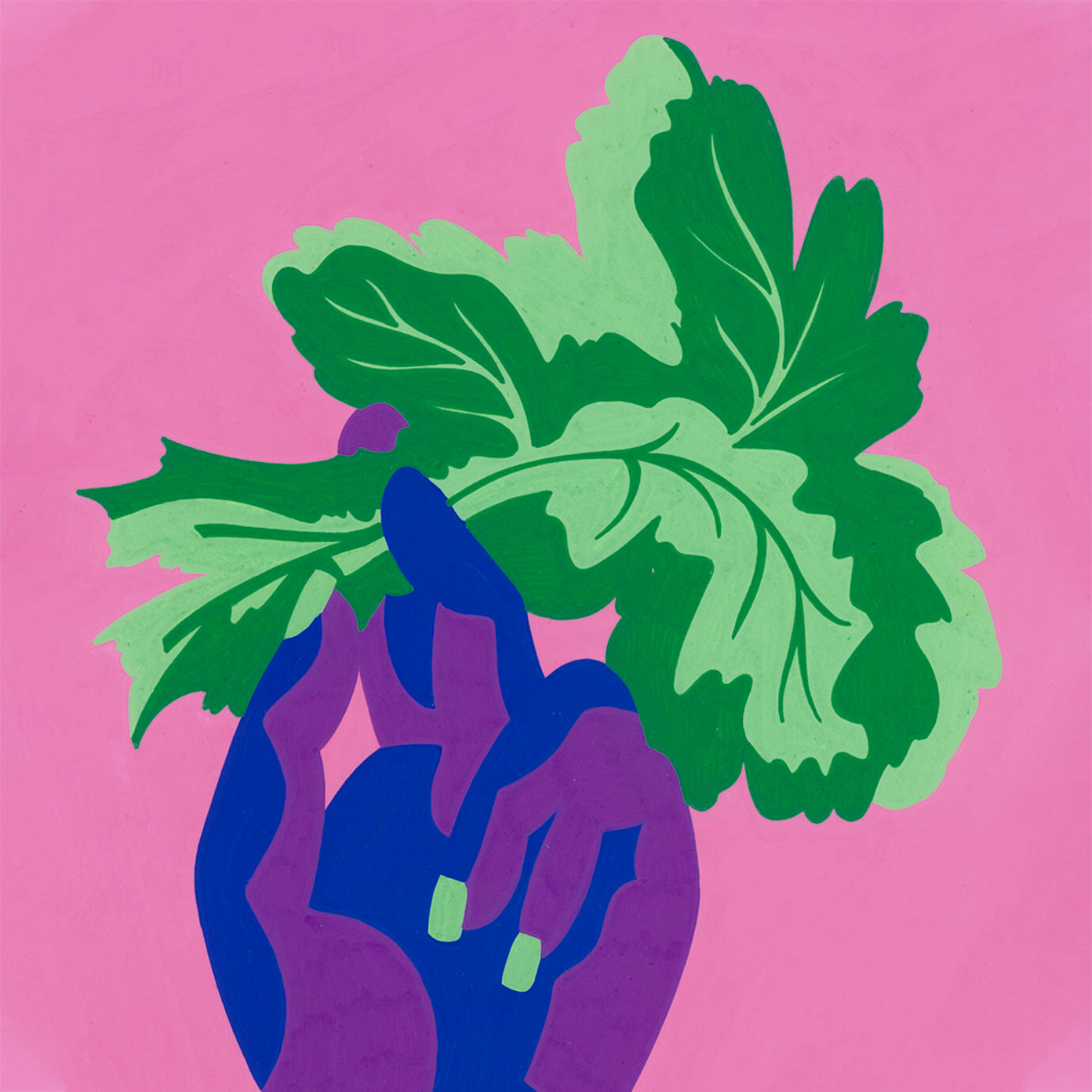
illustration by: Annu Kilpeläinen
According to Jordan, the sandwich really gained in popularity in the late ’90s and early 2000s, around the same time a monthly subscription service called the Bacon of the Month Club was created by Dan Phillips. He curated boutique artisan bacon from various producers and mailed them to bacon-lovers everywhere. Around this time, Jordan noticed the BLT expanding in popularity beyond diner menus and into dining rooms. And as for why it became so popular? Well, it tastes good. “It’s such a beautiful alchemy,” says Jordan. “When you’re eating a BLT, it’s impossible to think of anything that tastes better.”
The sandwich’s ubiquity has made it the subject of perpetual reinterpretation and widespread bastardization over the years. Just think about it like you would a taco. When you use something—lettuce, tortilla, flatbread, gluten-free paleo-friendly coconut pulp wrap—as a vessel for eating something else, the world deems it a taco. Does the combination of bacon and tomato automatically get the BLT label?
If there’s ever a question as to the cultural importance of a food, look to the fast-food giants for reassurance. Taco Bell released a limited-run BLT taco in the ’90s stuffed with bits of bacon, shredded lettuce, club sauce (your garden variety pink sauce) and cheddar cheese. At Burger King and McDonald’s, your burger magically transformed into a BLT burger or sandwich with the addition of bacon. Arby’s seems to be the only fast-food chain honoring the true BLT: strips of bacon, fresh lettuce and sliced tomato on sliced bread swiped with mayonnaise. The New York Times recently published a recipe for a BLT pasta. No, there was no lettuce. There were bits of arugula though. And cherry tomatoes and bacon. I’ve seen recipes for BLT soup as well.
And the sandwich is copiously mythologized in other continents as well. Chinese food blogs publish recipes for BLT fried rice. Want to make a BLT in Taiwan? Use fluffy steamed bao instead of bread. Try Vietnamese-style BLT summer rolls wrapped in rice paper. Or a Mexican-ish BLT quesadilla. Want an Italian BLT? Swap out the bacon for pancetta. A coffee shop in Gloucestershire, UK showersits BLT in gold dust and charges more than $200 for the pleasure. But possibly most impressive was the ability to reach beyond the earth’s atmosphere and right into space. Chef Heston Blumenthal made a version of a BLT sandwich with canned bacon for astronaut Tim Peak in 2016.
Its commonality means it’s also overlooked as much as it is altered. Take a shot ever time you hear the words: “You’re getting a BLT? I can’t remember the last time I had one of those.” The variations on the sandwich are as vast as the universe and will likely make your brain hurt. If you want to do it right though, you need to keep it simple. This is one of the most accessible sandwiches in the world—if you don’t count the PB&J. And you’re meant to be able to pull it together with what’s already in your fridge.
Making a BLT at home has become a sort of ritual over the years. If I’m in town on a Sunday, I put on Fleetwood Mac’s ‘Rumours,’ tie on my black Russ and Daughters apron and head into the kitchen. First, I take care of the bacon. I don’t need the fancy thick-cut stuff. I get regular bacon in a vacuum-sealed pack from the store. When I was in college I bought whatever was on sale. And I always use at least three or four pieces for the sandwich. Sometimes, I use six.
I love cooking bacon on the stove-top for breakfast, but for a BLT, I cook it in the oven to ensure it’s uniformly crisp. I space out the strips on a wire rack on top of a baking sheet and set the oven to 375 F for 15 minutes. Then I flip the bacon and cook it for another 10 minutes. Then flip it once more and cook for an additional 5 minutes. Do this, and you will always have perfect bacon. And by perfect, I mean about five seconds before it’s so crisp it shatters, and with just the tiniest bit of chew. The smell of toasty bacon wafts in and out of the kitchen without any actual grease in the air, or on my stove.
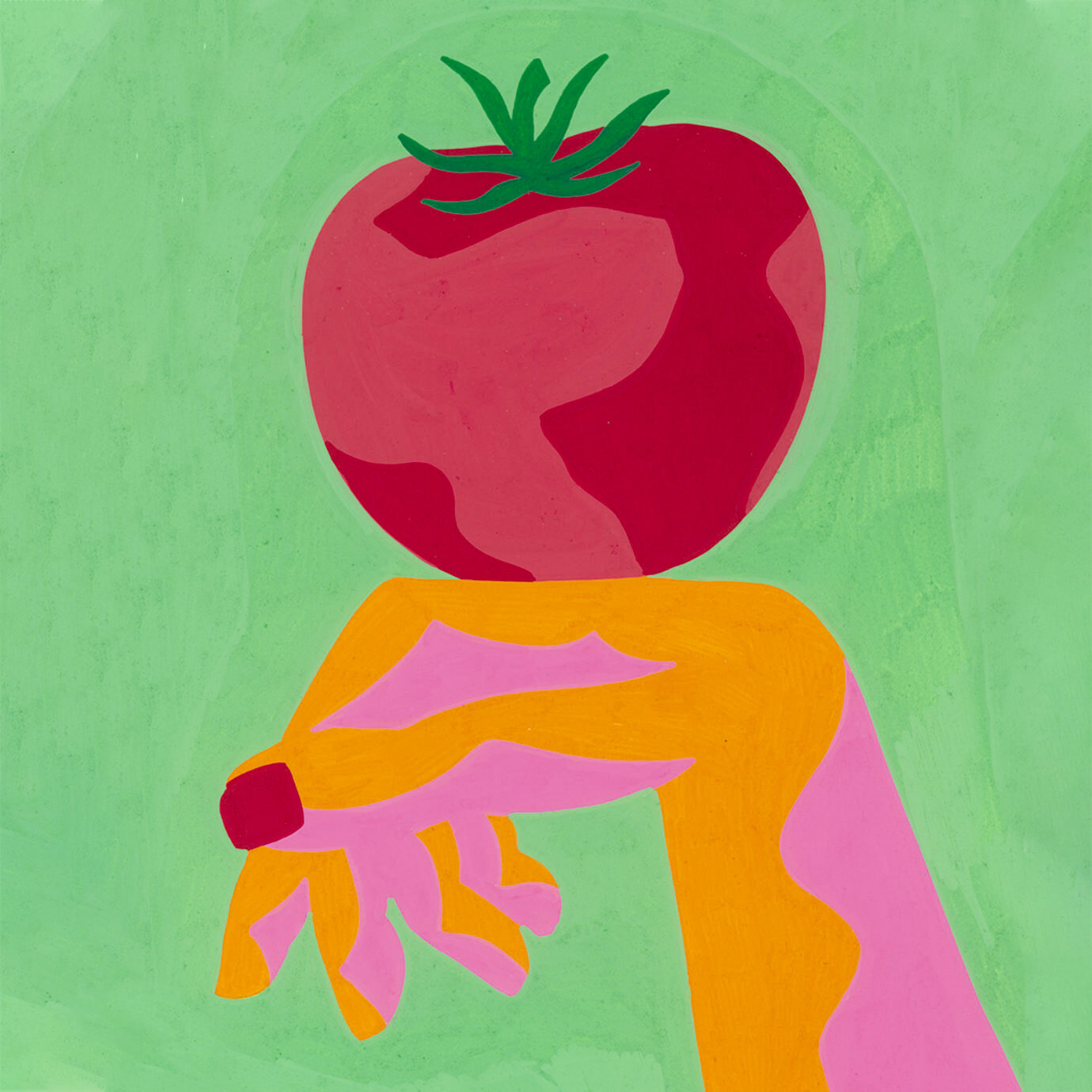
illustration by: Annu Kilpeläinen
I’m actually not a fan of tomatoes on a sandwich or a burger. They get soggy and tend to dampen the entire operation. But the BLT needs moisture and freshness, both provided by a couple of slices of tomato. If you want the best tomatoes possible, thereby guaranteeing the best BLT possible, make your BLT during the summer when tomatoes are in season. The heirloom varieties at the farmers market are worthy of making the BLT an everyday indulgence during the months of June or July. But any firm tomato variety from the grocery store will do, during the summer months or otherwise. I slice mine to about a half-inch thickness and I salt them as well.
I like to use romaine, butter lettuce or any leafy green as the lettuce portion of the equation. And I like to only use the leafy bits. I appreciate the cool freshness of the lettuce, but with the crispy bacon, there’s no need for any added crunch. Whatever lettuce you choose, just make sure it’s dry. I go as far as using a salad spinner.
Mayonnaise is essential to the BLT, and lots of it. I slather on a hefty amount on both slices of bread. I use enough so that the mayonnaise is visible as an actual layer of the sandwich; so much so that when I give my sandwich a squeeze, globs of mayo threaten to escape from all sides. If you don’t get mayonnaise on your fingers after that first bite, you did it wrong. This is your sandwich lubrication and it’s what ties the bacon, lettuce and tomato together.
I use whatever mayonnaise I have in the fridge. And if you’re someone who makes your own aioli, hat tip to you. That tang will ensure that your BLT is going to be just a smidge better than mine. This is the only part of the sandwich I will continue to experiment with. While mayonnaise of any kind is a must, I’ve found that mayo spiked with freshly-chopped basil, tarragon or thyme can really elevate the sandwich.
Even though I heavily favor untoasted bread, you can still have a good BLT on lightly (seriously don’t go past the first setting on the toaster) toasted, liberally-buttered bread. Too crisp and you’ll go from crunchy bread into crispy bacon and endanger the roof of your mouth. As far as the type of bread, I prefer a rustic or country white. It’s sturdy enough to handle the contents of the sandwich and won’t overpower any of the other flavors.
Assembling the sandwich is nothing short of a feat of engineering. Jordan suggests bread, mayo, tomato, bacon, lettuce, mayo, bread. I know she wrote an entire book on the BLT, but I’m going to have to disagree. My strategy is to encase all possible mush: bread, mayo, lettuce, tomato, bacon, mayo, bread. Trap that tomato and any moisture in the middle and your sandwich won’t fall apart. And one last thing. While you can respectably cut a PB&J diagonally, cut your BLT down the middle. If you want the proper distribution of ingredients in every bite, the right path is straight down the center.
I often eat my sandwich at my breakfast nook, barefoot, and attempt to savor it slowly. I’m usually wiping the last bits of mayonnaise from the corners of my mouth by the time “Silver Springs” starts to fade
